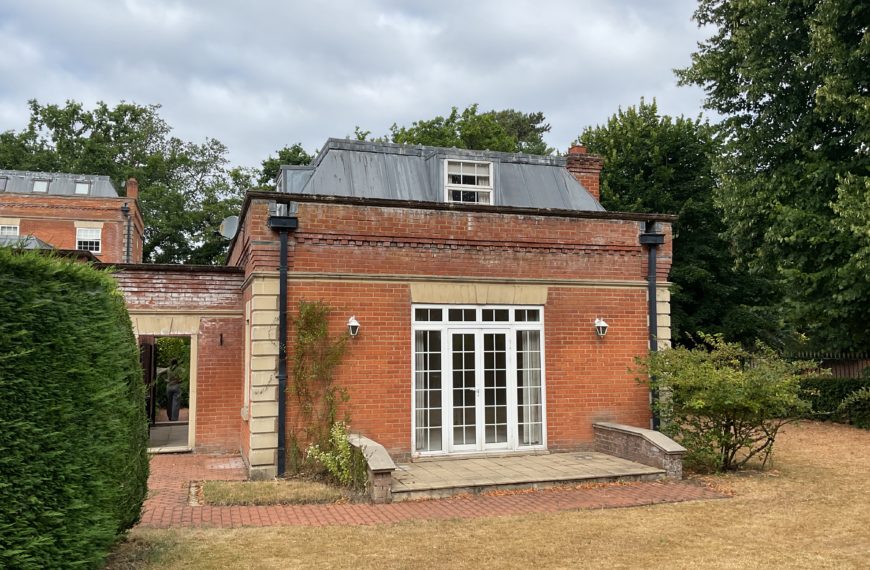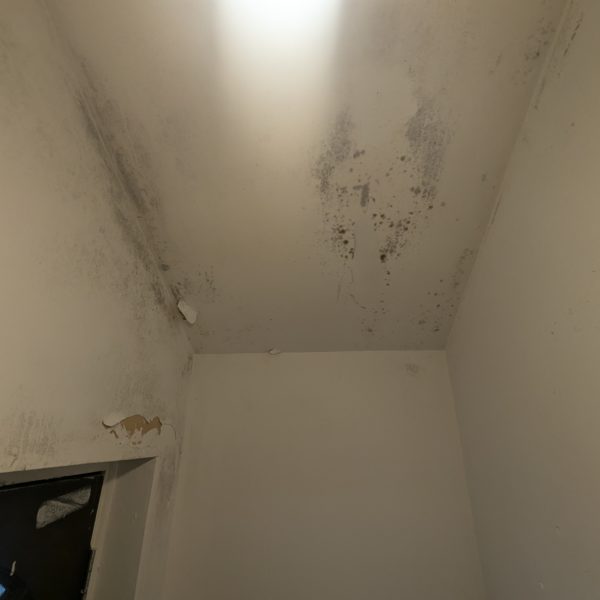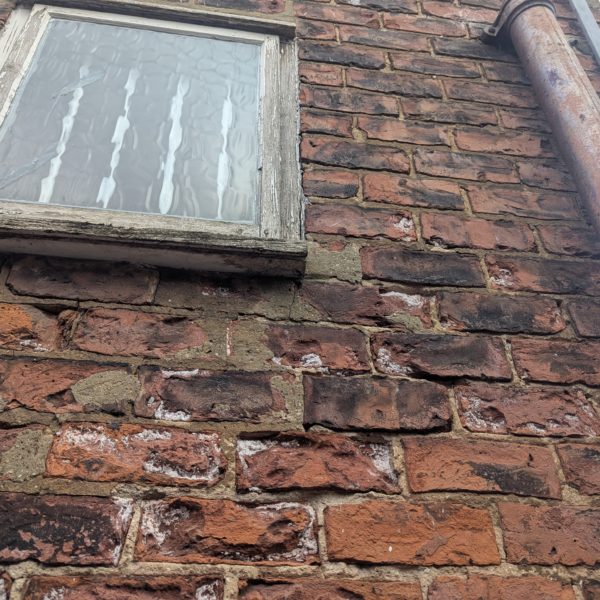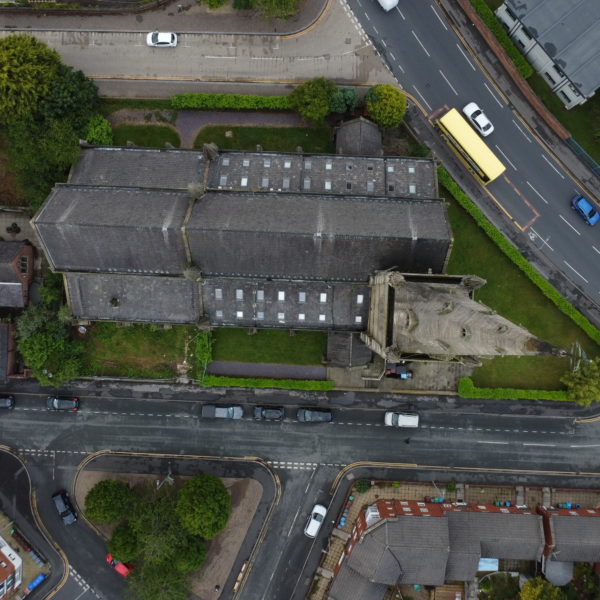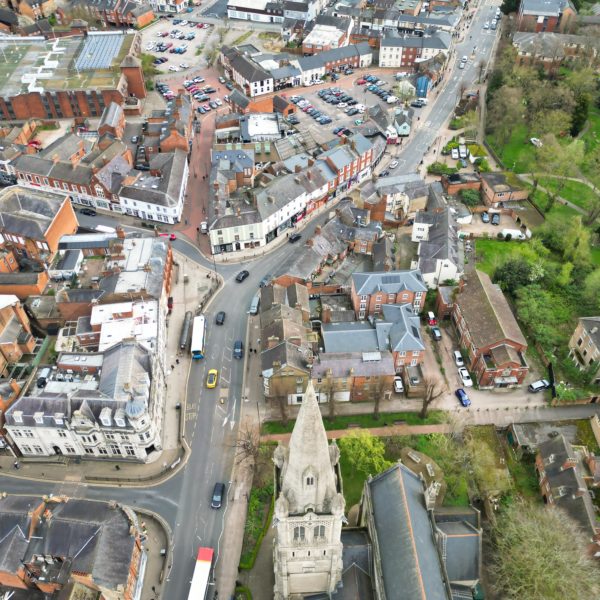Owning a listed building is a privilege and a responsibility. These properties are protected for their historic and architectural significance, and any alterations, however minor they may seem, are subject to strict controls. But what happens if you uncover unauthorised works on a listed home—whether you’re in the process of buying, or already own it?
What Counts as Unauthorised Work To a Listed Building?
Unauthorised works refer to any changes made to a listed building without listed building consent (LBC). This might include anything from replacing traditional windows with modern units, to more extensive structural changes. It’s worth noting that planning permission and listed building consent are two different things and both may be required depending on the nature of the work.
Each listed property is unique, so the scope of what is or isn’t permitted will vary. Even Grade II buildings, which form the majority of listings, may have strict restrictions tied to their features. If the work affects the character of the building, it needs consent.
The Risks: Legal and Financial Consequences
Unauthorised works on a listed building aren’t just a regulatory grey area—they’re a criminal offence under the Planning (Listed Buildings and Conservation Areas) Act 1990. Penalties can include unlimited fines and even imprisonment. Importantly, both the person who did the work and the person who commissioned it may be held liable.
If you’re planning work on a listed building, it’s essential to check the building’s official listing on the National Heritage List for England. Pay particular attention to any features specifically mentioned—these are protected, and altering them without permission is likely to lead to enforcement action. Always liaise with your local conservation officer before proceeding with any design or construction work.
Buying a Listed Property With Unauthorised Works? Tread Carefully
f you’re purchasing a listed property, your solicitor will request confirmation of any previous alterations and associated consents through standard enquiries. But don’t rely on paperwork alone—have a full building survey carried out by a surveyor experienced in listed buildings. They’ll help identify changes and flag whether these appear to have the proper approvals.
If unauthorised works come to light during the purchase process, you have a few options:
- Walk away. The simplest route, especially if the scope of unauthorised work is large.
- Request retrospective consent. This can take 8–13 weeks or more, and isn’t guaranteed.
- Negotiate. You might ask the seller to apply for consent before completion or to reduce the price to reflect the potential risk.
Whatever your approach, make sure you’re advised by professionals with listed building experience. The costs of rectifying unauthorised works can be substantial.
Calculate your house survey costAlready Own the Listed Property?
Sometimes unauthorised works only come to light after the purchase. If that’s the case, and you followed best practices during your acquisition—including full surveys and legal checks—you may be covered under specialist listed building insurance. This cover can help mitigate costs, provided you’ve taken all reasonable precautions.
In the worst case, you may receive a Listed Building Enforcement Notice from the local authority. This requires you to reverse or amend the works to restore the building’s character. Failure to comply is an offence and could lead to prosecution.
How to Safeguard Your Position When Buying a Listed Property
Listed buildings need careful handling. Whether you’re buying, selling, or already own one, here are the key steps to reduce your exposure to risk:
- Commission a full building survey or listed building survey with a heritage specialist. This will highlight any unauthorised works or alterations that may require further investigation.
- Cross-check planning records via the local authority’s online planning portal. Applications, approvals, and conditions will usually be available here.
- Speak with the local conservation officer. They may have a working knowledge of the property and its history.
- Check Building Control records. These can help verify when alterations were made, and whether they were formally signed off.
- Take out specialist listed building insurance. It’s designed to protect you in the event that past unauthorised work is discovered post-purchase.
Listed buildings are some of the country’s most valuable architectural assets. But with that status comes complexity. Whether you’re concerned about unauthorised works or simply want reassurance before buying, expert guidance is essential.
At Fourth Wall, we specialise in listed and heritage buildings. Our team provides clear, practical advice so you can move forward with confidence, protect your investment, and respect the history you’ve inherited. We provide a range of consultancy services for heritage assets:
- Listed Building Surveys
- Heritage Impact Assessments
- Support Listed Building Consent Applications and Discharge of Conditions
- Feasibility Assessments
- Heritage Focused Architectural Services
Frequently Asked Questions
What is considered unauthorised work on a listed building?
Unauthorised work refers to any alterations made to a listed building without obtaining listed building consent (LBC) from the local planning authority. This includes structural changes, removing or replacing historic features (like windows or fireplaces), or even repainting certain elements without approval. Consent is required if the change affects the building’s character.
Is it illegal to alter a listed building without consent?
Yes. Under the Planning (Listed Buildings and Conservation Areas) Act 1990, carrying out unauthorised works on a listed building is a criminal offence. Penalties can include unlimited fines and imprisonment, and both the person who carried out the work and the property owner may be prosecuted.
What happens if I buy a property with unauthorised works?
If you’re buying a listed property, and unauthorised works are discovered, you may face legal or financial liability. Options include negotiating the price, requiring retrospective listed building consent, or walking away from the purchase. Always commission a specialist listed building survey before committing.
Can I get retrospective consent for unauthorised changes?
Yes, but retrospective listed building consent is not guaranteed. Applications typically take 8–13 weeks, and the local authority can still demand reversal of the works. Always consult a conservation expert before applying.
What should I do if unauthorised works are found after I’ve bought a listed building?
If you discover unauthorised works post-purchase, check whether you have specialist listed building insurance that may cover remediation costs. Contact your local conservation officer immediately, and prepare for the possibility of a Listed Building Enforcement Notice requiring restoration work.
Who is responsible for unauthorised work on a listed property?
Responsibility can lie with the person who carried out the work, the current owner, or the previous owner depending on when the work occurred and whether due diligence was followed. Buyers are advised to carry out thorough legal and structural checks during conveyancing.


